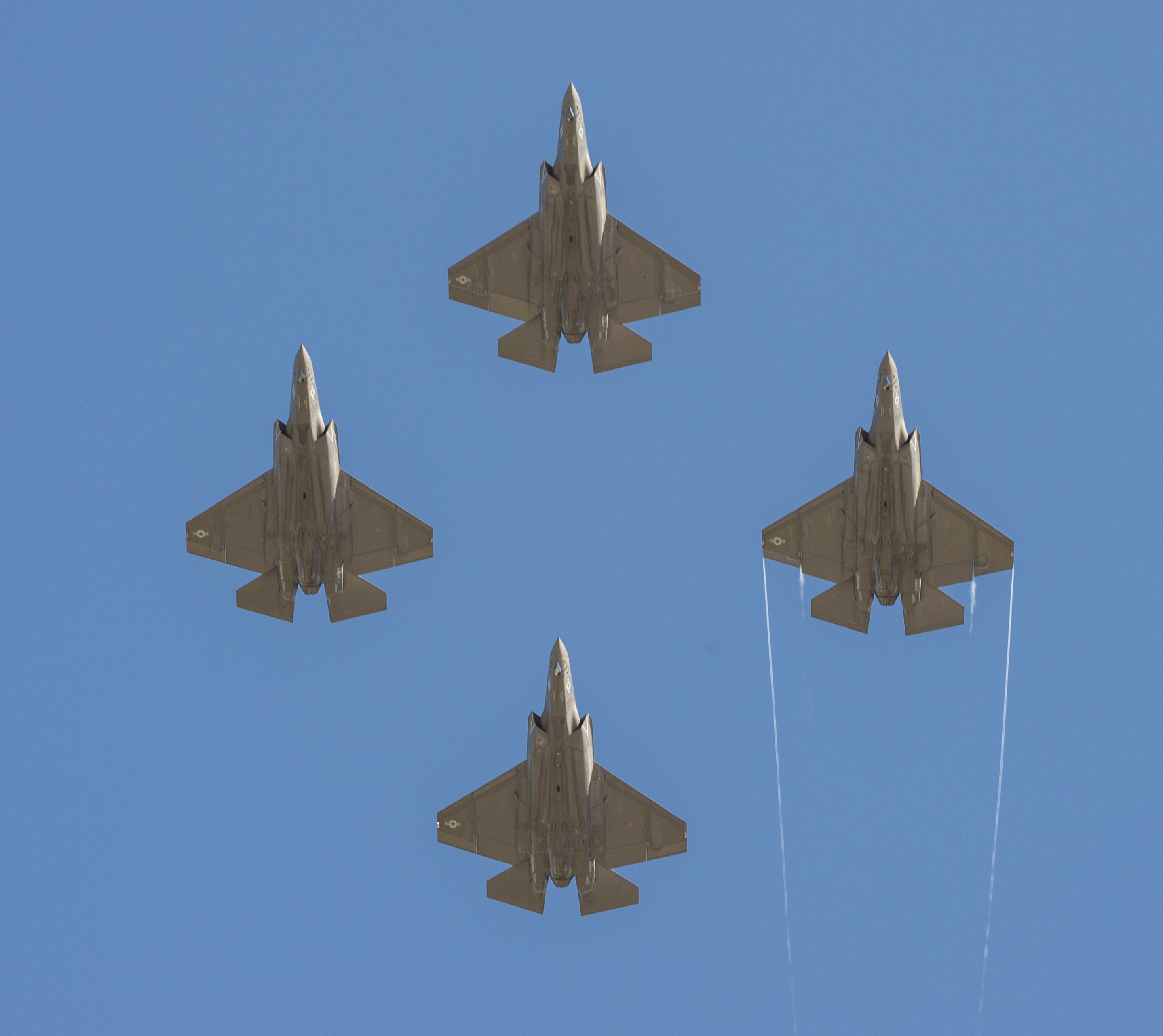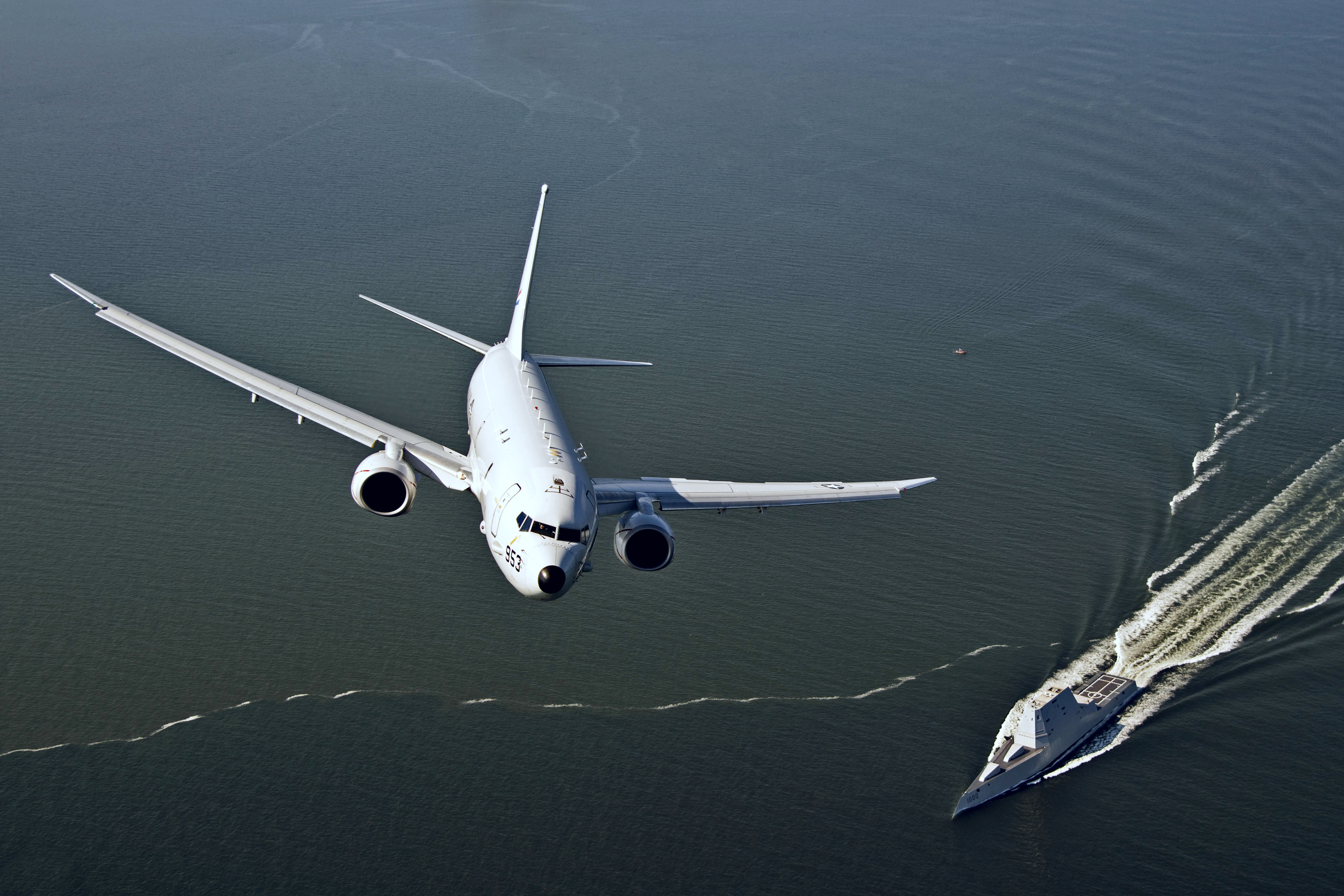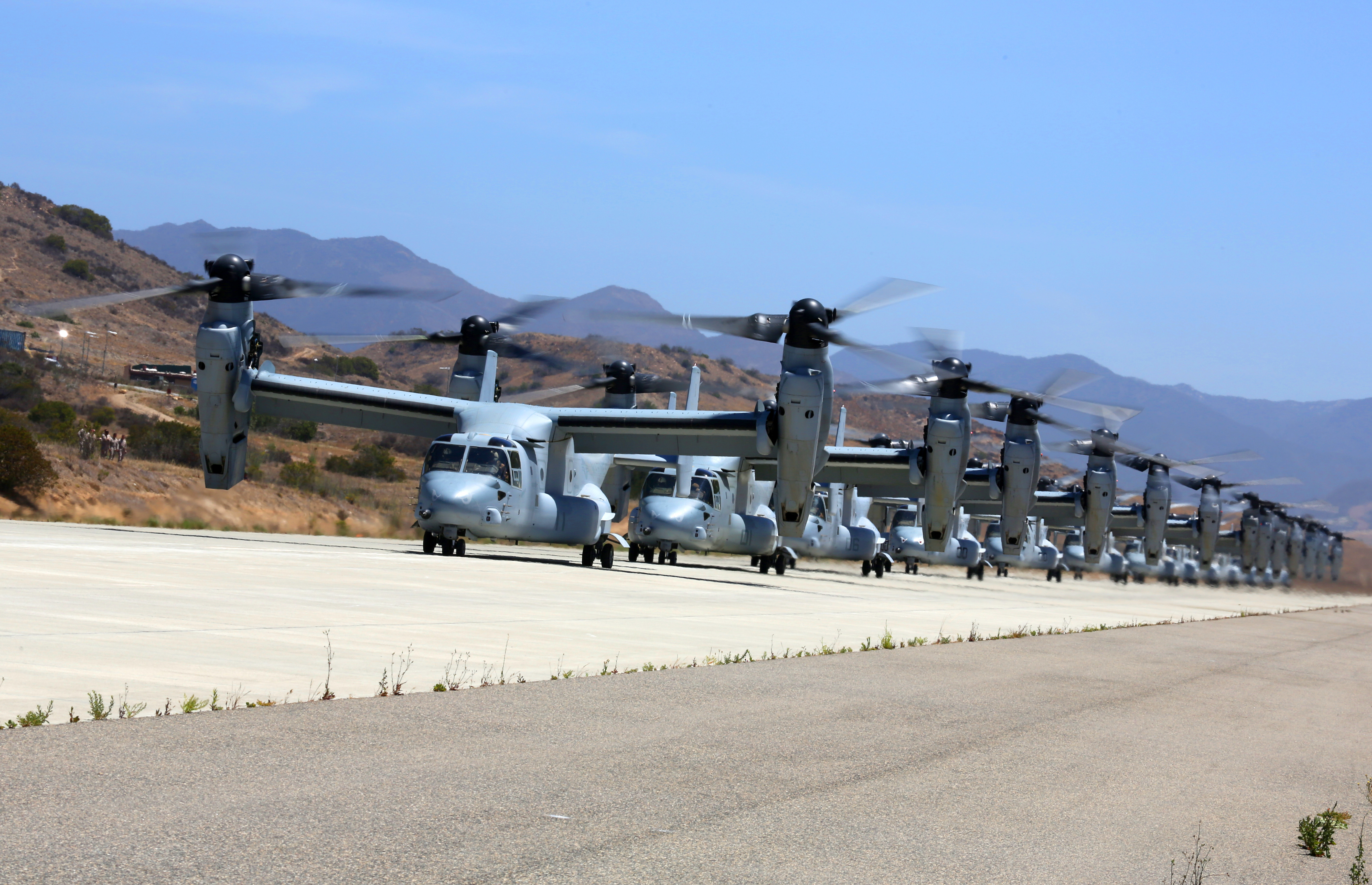
The Navy has asked lawmakers for additional aircraft, warfighting capability improvements and facilities upgrades if more money were to become available to the service, with the release of its Fiscal Year 2018 Unfunded Priorities List.
In what has become an annual tradition, the Navy issued this document to explain to lawmakers what holes it still has in its procurement, operations and maintenance, research and development, personnel, and construction accounts. The official FY 2018 budget request sent to lawmakers on May 23 was filtered through the Pentagon and the Office of Management and Budget, and therefore doesn’t necessarily wholly reflect the Navy’s needs.
Not surprisingly, the top three priorities are aircraft: 10 F/A-18E/F Super Hornets, for a cost of $739 million; six P-8A Poseidons, for a cost of $1 billion; and four F-35C Joint Strike Fighters, for a cost of $540 million.
As legacy Hornets leave the fleet or are tied up in depot maintenance, and F-35C procurement remains behind schedule, the Super Hornet fleet has been overstressed.
“The FY18 President’s Budget takes many steps towards addressing the gap with legacy aircraft sustainment, new aircraft procurement, and fleet utilization. An additional 10 aircraft in FY18 will replenish combat-worn aircraft to reduce near-term Strike Fighter shortfalls, and address long term inventory deficits,” reads the Unfunded Priorities List document. By buying additional F-35Cs, the document adds, “four additional aircraft in FY18 will level the FY17-19 procurement ramp and continue to mitigate the strike fighter shortfalls as we transition to and integrate F-35C aircraft.”
The Poseidon request fits in line with accelerating the fielding of advanced capabilities. The UPL includes – at items 12, 13 and 14 on the list – funding to backfit four Littoral Combat Ships “with upgraded electronic warfare systems, decoys, gun fire control systems, and radars to increase lethality and survivability,” which falls in line with the Navy’s earlier statements that LCSs would eventually be upgraded with frigate-like capabilities where possible; funding for three additional ship sets of the Submarine Warfare Federated Tactical Systems (SWFTS) combat system upgrade for Virginia-class attack submarines; and funding to accelerate the development and fielding of Cooperative Engagement Capability (CEC) Identification Friend or Foe (IFF) capability by four years, from 2024 to 2020.

Notably absent from the list is funding for any additional ships, including the second LCS the administration belatedly said it supported but still has not shown how it would fund.
Navy spokesman Cmdr. Chris Servello told USNI News that, as was the case with the official budget request, the 2018 UPL is focused on readiness, not fleet growth.
“This list predominantly accelerates the recovery of readiness and wholeness of today’s fleet,” he said.
“As well, it proposes critical enablers and capabilities including additional Super Hornets to replenish combat worn aircraft and increase strike fighter inventories; F-35s and unmanned systems to accelerate advanced capabilities; as well as submarine and surface ship modernization to improve and sustain lethality and survivability. Investments in shore readiness are key to preventing further degradation of facilities, docks and airfields after years of underfunding. All items on the list are executable in Fiscal Year 18.”
In that vein, the UPL’s fourth and fifth items support shore infrastructure, which has been largely ignored since the Budget Control Act spending caps were passed into law in 2011. The list includes $246 million for 27 restoration and modernization projects, including airfields, dry docks, wharves and more, as well as 27 demolition projects and planning and designing funds for future projects in the Facilities Sustainment Restoration and Modernization budget.

The list also includes several items meant to protect hot production lines and keep them above the minimum sustaining rate. It includes $312 million to buy five additional Ship to Shore Connectors, or eight total in FY 2018 and ten total in 2017 and 2018 combined. “This provides stability to the program and additional units above MSR, reducing price per craft and allowing vendors to order to a more Economic Order Quantity (EOQ) for material procurement,” according to the document. The list also includes $392 million for four more CMV-22B Navy-variant Ospreys that will serve as the replacement carrier onboard delivery planes. “The additional CMV-22B aircraft will ensure FY18 procurement meets the Economic Production Rate (EPR) of 10 per year, independent of Foreign Military Sales,” the document reads. And it would even spend $39 million on another berthing barge to avoid a break in production of the new program that started in FY 2017.
On the research and development side, the UPL asks for $10 million for the Extra Large Unmanned Underwater Vehicle (XLUUV), now called Orca, to accelerate development and demonstration by three to six months, and $23 million for the Large Displacement Unmanned Underwater Vehicle (LDUUV), called Snakehead, to accelerate its development and demonstration by six months to a year.





